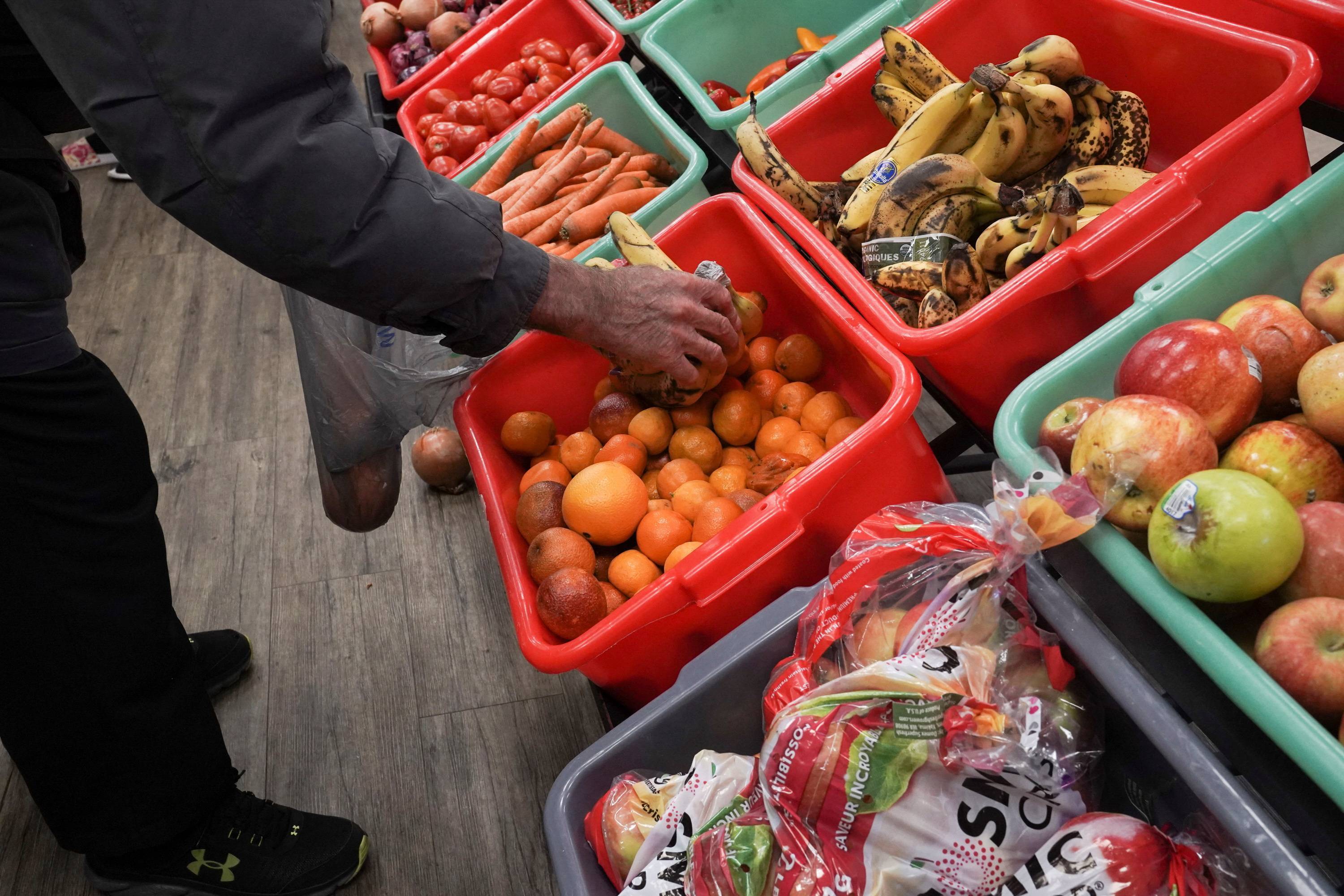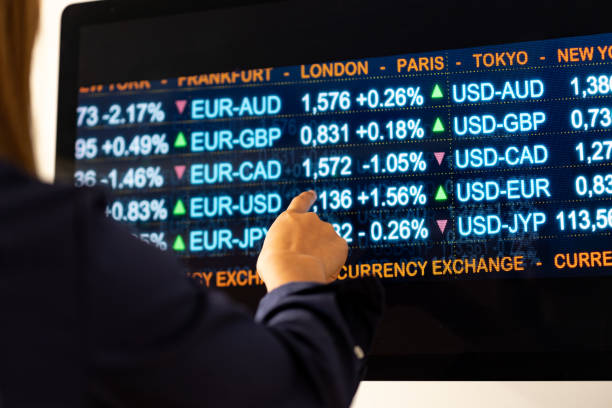World food price index falls in October -FAO

A community member grabs a piece of fruit at The Community Assistance Center food pantry, in Atlanta, Georgia, U.S. April 12, 2023. REUTERS/Megan Varner Acquire Licensing Rights
LONDON, Nov 3 (Reuters) - The United Nations food agency's world price index fell in October to its lowest level in more than two years, driven by declines in sugar, cereals, vegetable oils and meat.
The Food and Agriculture Organization's price index, which tracks the most globally traded food commodities, averaged 120.6 points in October, down from 121.3 for the previous month, the agency said in a report on Friday.
The October reading was the lowest since March 2021.
The FAO Cereal Price Index averaged 125.0 points, down 1.3 points from September.
"International wheat prices fell by 1.9% in October, reflecting generally higher-than-earlier-anticipated supplies in the United States of America and strong competition among exporters," the FAO said.
Dairy bucked the downward trend in prices with the FAO index rising 2.4 points to 111.3 points following nine months of consecutive declines.
"World milk powder prices increased the most, principally driven by surges in import demand...especially from Northeast Asia," the FAO said.
In a separate report on cereal supply and demand, the FAO maintained its forecast for world cereal production this year at 2.819 billion metric tons, up 0.9% from the previous year.
"Turning to 2024, winter wheat plantings are underway across the northern hemisphere and area growth is expected to be limited, reflecting softer crop prices this year," the FAO said.
Its report said that in Ukraine the continuing effects of the war with Russia, including constrained access to fields and low farm-gate prices, along with less-than-ideal weather conditions, are seen leading to a reduction in the wheat area.
The FAO also said sowing of the 2024 coarse grain crops was underway in the southern hemisphere.
"In Brazil, early indications point to a pullback in maize plantings of around 5%, as cost-price ratios are favouring soybeans," the report said.
Reporting by Nigel Hunt Editing by Tomasz Janowski and Mark Heinrich
Our Standards: The Thomson Reuters Trust Principles.
How do futures traders review their trading?
Futures trading is a form of financial speculation that involves buying and selling contracts that represent the future delivery of an asset, such as a commodity, a currency, an index, or a stock. Futures traders aim to profit from the price movements of the underlying asset, without actually owning
Futures night trading hours
Futures are contracts that obligate the buyer or seller to exchange an asset or commodity at a specified future date and price. They are used for hedging, speculation, and arbitrage purposes in the global market. Futures can be based on various underlying assets, such as currencies, commodities, ind
How can futures efficiently increase the success rate of intraday trading?
Intraday trading is a form of trading that involves buying and selling securities within the same trading day, without holding any positions overnight. Intraday traders aim to profit from the short-term price fluctuations of the market, using various tools and strategies to analyze and execute trade
What are the factors that can affect how much money can be made in futures?
Futures trading is a form of financial speculation that involves buying and selling contracts that represent the future delivery of an asset, such as a commodity, a currency, an index, or a stock. Futures traders aim to profit from the price movements of the underlying asset, without actually owning








